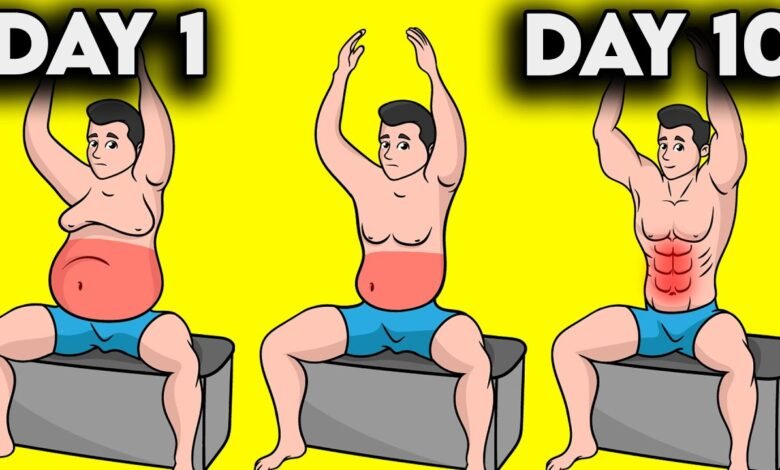Videos
10 Day Chair Workout To Lose Belly Fat (NO STANDING)

FREE GIFTS FOR YOU 1. 2022 Body Transformation Workout Calendar https://thegainzcenter.gumroad.com/l/iekejh 2.
source

FREE GIFTS FOR YOU 1. 2022 Body Transformation Workout Calendar https://thegainzcenter.gumroad.com/l/iekejh 2.
source